Top Water-saving Toilets
Published on by Marina A, Previously Key Account and Content Manager at AquaSPE AG in Technology
The biggest unnecessary usage of clean water is in our toilets. Is really unavoidable to use such huge amounts of clean water for flushing?
In the time of water scarcity, it is extremely important to save water wherever and whenever we can.
Less water usage benefits both the economy and ecology. The less water we treat, more energy and money we save, minimizing the disinfection byproducts and preserving lakes and rivers.
Is it time to rethink and redesign our toilets?
Here are the hand-picked the top water-saving toilets - in no particular order, they are the following:
SaTo Lixil Toilet
SaTo stands for Safe Toilet. Sato is a low-cost commercialized hygienic plastic toilet which requires minimal amounts of water and uses a mechanical and water seal to close a pit latrine from open air.
SaTo was developed by the Lixil Group with support of the Bill & Melinda Gates Foundation.
SaTo is supposed to cover open pit latrines and improve their safety. The valve opens under the weight of water and otherwise it closes and blocks the bad odors and it has a counterweight trapdoor to enable the waste to go through.
Alternatively, there is a model that can be attached to piping.
SaTo requires as little as 0.5 liters of water.
They are sold for $1.50 to $1.70 per piece.
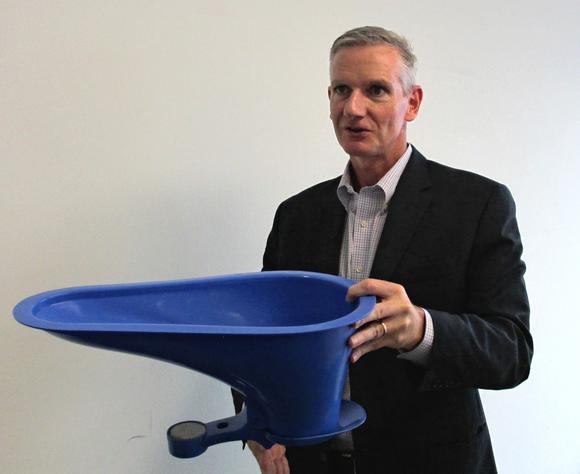
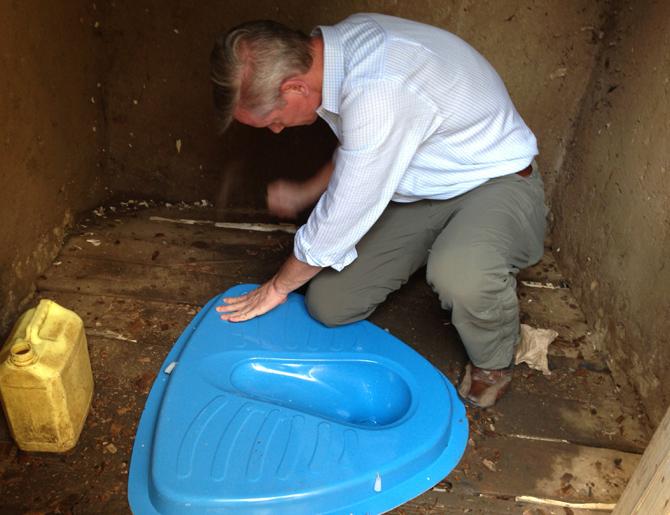
Nano Membrane Toilet
The Nano Membrane Toilet is completely waterless and converts waste into electricity and clean water.
It was created by engineers from Cranfield University in the UK, for the Gates Foundation’ s Reinvent the Toilet challenge.
The toiled is designed for household use and it can accommodate 10 family members.
It functions due to principles of the Archimedes’ screw for flushing.
Archimedes screw a helical surface inside a cylinder. By turning the helix, the water is pushed through the cylinder.
When the lid is closed it makes the rotating mechanism move the waste to the sedimentation chamber, which is then filtered through a nanotech membrane to separate the water in form of vapor and solid waste.
The water passes through a chamber full of nano- coated hydrophilic beads which condense the water vapor and it then falls in the collection chamber as clean water. This water can be reused for washing, irrigation or even drinking.
Archimedes screw moves the rest of the solid waste and pathogens in another chamber to be burned and turned to energy and fertilizer in the form of ashes.
The energy created is sufficient to charge small electrical devices.
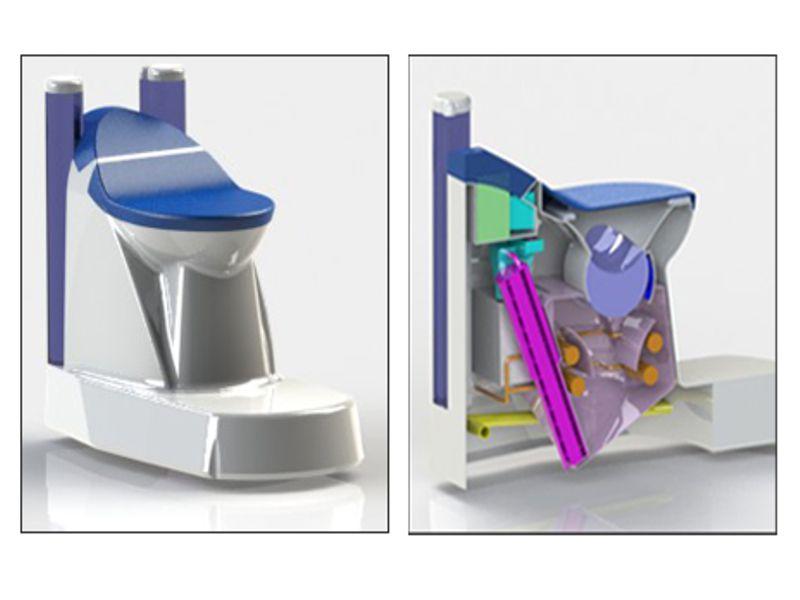
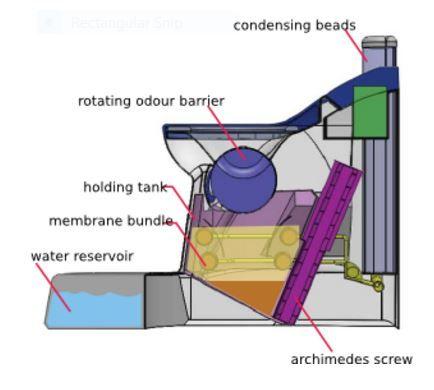
Propelair’s Toilet
Propelair’s toilet uses only 1.5 liters of water per flush and 80% less energy.
It is intended for educational and health care institutions, leisure and commercial facilities, but it can be installed everywhere.
It reduces the water bill by 60% and pays for itself in a year.
The toilet consist of an air pump and a small water reservoir. When flushing, 0.5 l washes the pan and air of high velocity pushes out the waste and the rest of the water fills the pan. This all happens in only 3 seconds and the water reservoir is refilled in around 20 s, depending on the water pressure.
The high-pressure air eliminates the conventiona toilet “sneeze” effect and doesn’t let the germs spread, reducing the spread of infection from bacteria and viruses by 95%.
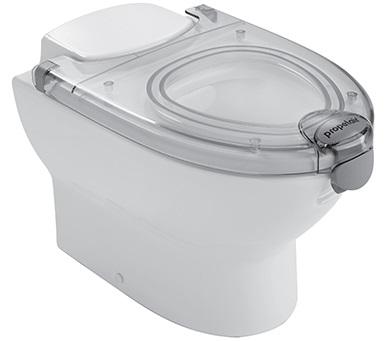
SavvyLoo Wireless Toilet
SavvyLoo toilet is a waterless toilet designed for rural African areas.
It separates urine and solid waste which is then dried with solar heat and continuous aeration, eliminating the pathogens and odors. The dried waste can be used as fertilizer or to produce biogas.
It is pedal-operated and environmentally friendly.
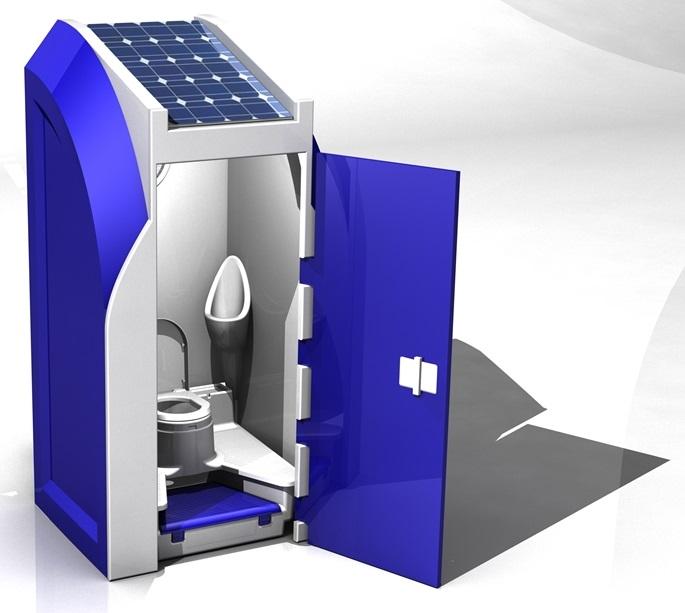
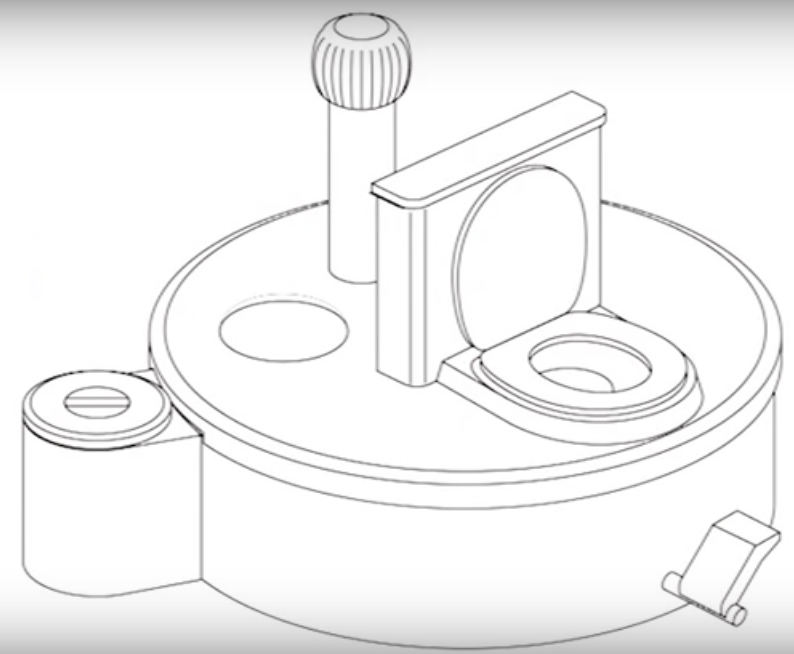
Media
Taxonomy
- Water & Sanitation
- Waterless Sanitation
- Sanitation & Hygiene
- Sanitation & Hygiene
- Sanitation and Hygiene
- Water Sanitation & Hygiene (WASH)
2 Comments
-
An interesting design - thanks for sharing.
-
Great information. Thanks for sharing with us Marina.
1 Comment reply
-
Glad you likes it Rose Wambua !
-